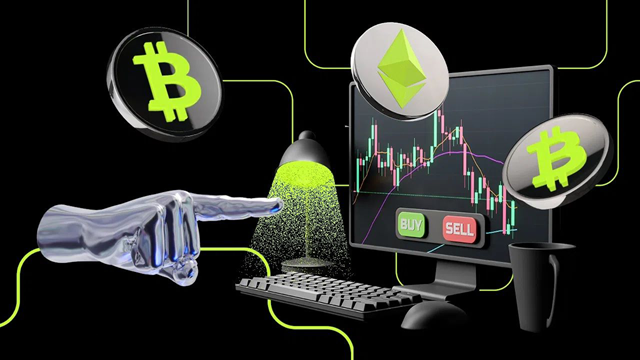Beyond Store of Value: Bitcoin’s Big Leap into DeFi

Bitcoin is moving beyond its role as a store of value and into DeFi. BTCFi is bringing lending, staking, and yield opportunities directly to the Bitcoin network without the need for a middleman. This shift not only opens up new financial use cases for Bitcoin holders, but also helps secure the network by keeping miners incentivized.
To understand where BTCFi stands and where it’s headed, BeInCrypto spoke to industry leaders from 1inch, exSat, Babylon, and GOAT Network. They shared insights on the current landscape, key challenges, and what’s needed for BTCFi to reach its full potential.
Key Trends and Explosive Growth in 2024
2024 marks a pivotal period for BTCfi, marked by significant growth metrics. According to DefiLlama, the Total Value Locked (TVL) in Bitcoin-based DeFi protocols has experienced an unprecedented surge, climbing from $307 million in January to over $6.5 billion as of December 31, 2024, a staggering increase of over 2,000%. This surge reflects growing interest and confidence in Bitcoin’s DeFi capabilities.
.png)
BTCFi’s growth is driven by a combination of institutional adoption, market performance, and technological advancements. Bitcoin ETF approvals have spurred institutional interest, pushing BTCFi’s total value locked (TVL) higher. Major exchanges like Binance and OKX are integrating BTCFi services, improving accessibility and liquidity. Bitcoin’s strong market performance, reaching an all-time high of $108,268 in December 2024 before closing at $93,429, has further fueled confidence.
.png)
At the same time, innovations like Bitcoin native assets, wrapped BTC, and staking solutions are expanding Bitcoin’s role in DeFi. Projects like exSat, GOAT Network, Babylon, and 1inch are leading the way with new protocols that enhance Bitcoin’s DeFi potential.
As BTCFi continues to grow, one fundamental truth remains the same—the demand for Bitcoin itself. Kevin Liu, co-founder of GOAT Network, encapsulates this sentiment: “We all want more BTC, because it is the king of all tokens. Any project that succeeds in delivering real BTC returns will thrive, because they are giving people exactly what they want. This is true now, and it will be true 3-5 years from now.”
The Impact of US Political Decisions on BTCFi
Although Donald Trump’s announcement of a US Crypto Reserve that includes XRP, Cardano, and Solana has triggered a surge in their prices, Bitcoin remains the world’s largest and most sought-after cryptocurrency. However, passive holding of this “digital gold” is slowly falling out of favor as market dynamics evolve.
Shalini Wood, CMO of Babylon, captures this shift, saying: “We are witnessing a shift where Bitcoin is no longer just something you HODL. Innovations in trustless staking, lending, and interoperability will define the next wave of BTCFi. BTCFi will evolve beyond traditional DeFi models, leveraging the security of Bitcoin to support sovereign applications, cross-chain liquidity, and more scalable, trustless financial products. The goal is to create a unique, Bitcoin-native approach that enhances security and decentralization across the entire crypto ecosystem.”
Tristan Dickinson, CMO of exSat Network: “Enabling Bitcoin returns and DeFi-based strategies without sacrificing control over the original Bitcoin is crucial. Bitcoin has fulfilled its original purpose as a store of value, evolving it into a tool for value creation requires meeting some very specific criteria: preserving the security of the original Bitcoin, ensuring interoperability across ecosystems, and supporting complex smart contracts.
At the same time, regulatory developments in the US are reshaping the BTCFi landscape. The prospect of a government-backed Bitcoin reserve lends legitimacy to BTC as a financial asset, potentially attracting institutional investors. However, as Sergej Kunz, co-founder of 1inch, points out, regulation remains a double-edged sword: “Some policies support innovation, while others can tighten control over BTCFi. Clear regulation of DeFi and existing smart contracts will be crucial for its growth."
The next phase of BTCFi will be determined by the balance between innovation and regulation. While the decentralized nature of Bitcoin makes it resistant to government intervention, regulatory clarity could provide the stability needed for mainstream adoption. The question remains - will policymakers accept BTCFi as
